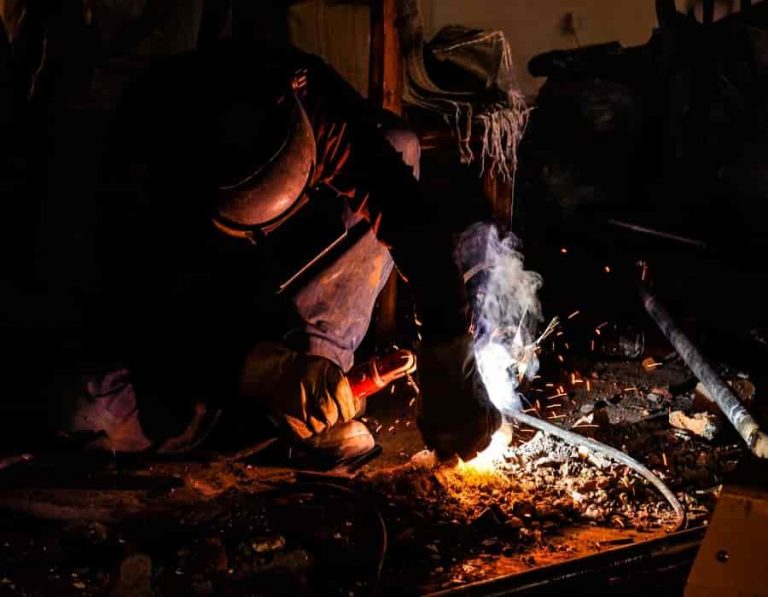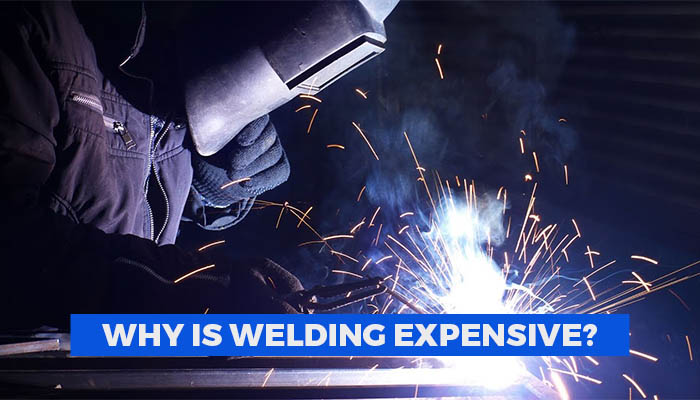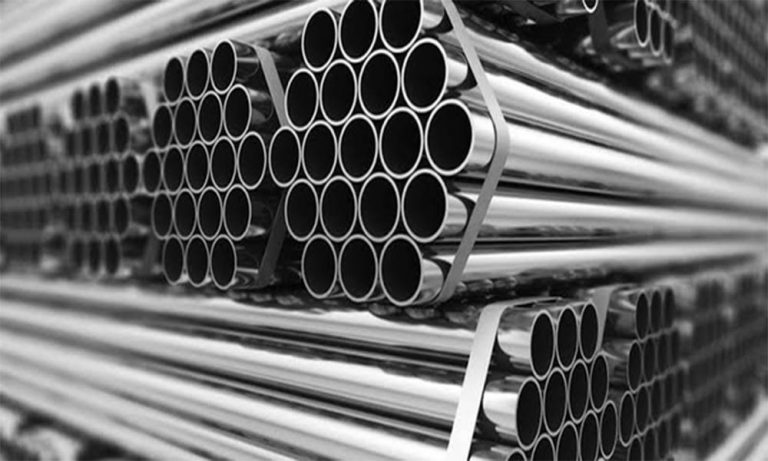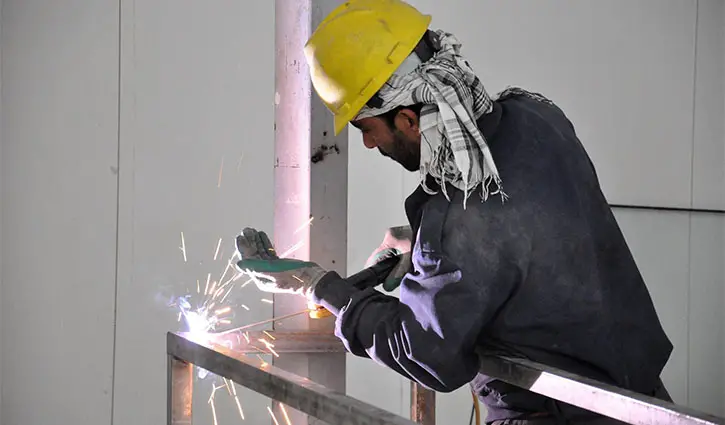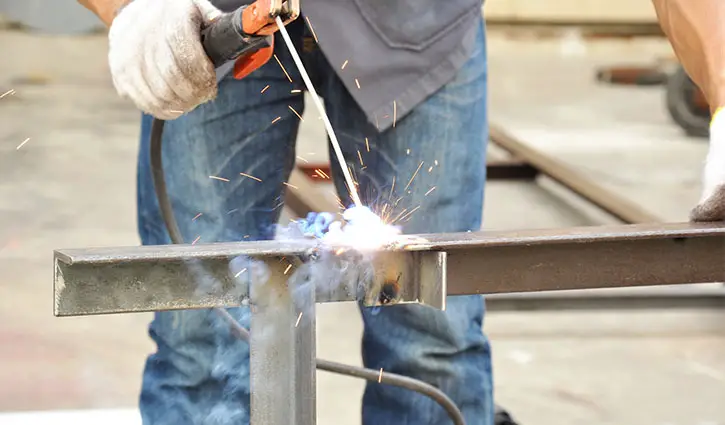Difference between Mild Steel vs Stainless Steel
Steel is one of the most used metals that have many subcategories. Among them, mild steel and stainless steel confused most since both have got plenty of features, making them ideal for a range of home and commercial projects.
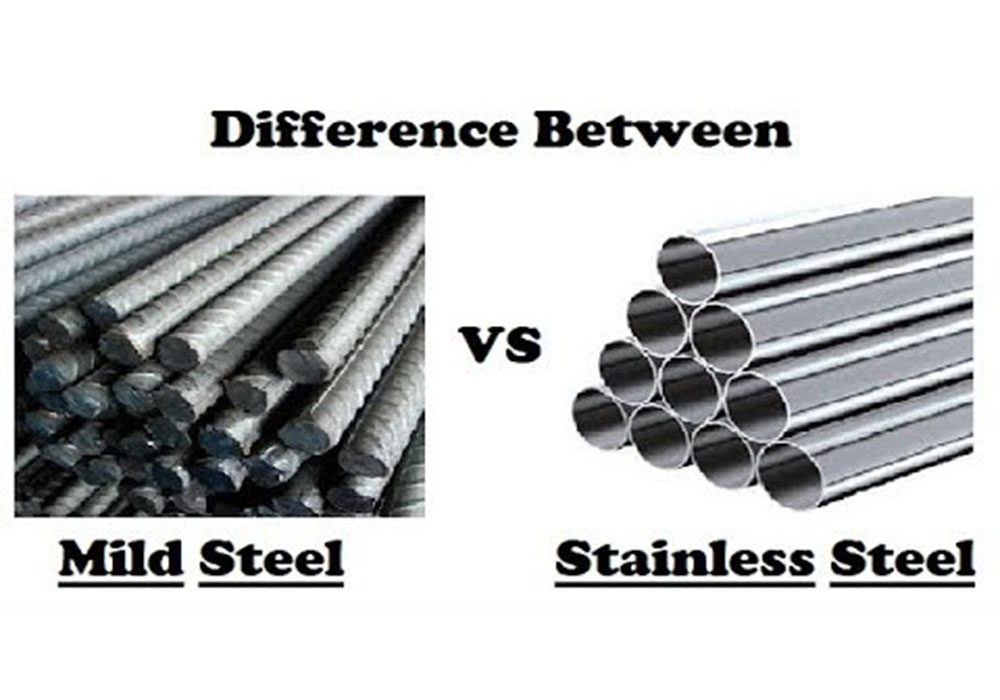
In this mild steel vs stainless steel comparison guide, we will compare the steels in various categories such as ductility, hardness, strength, and cost. The intention is to deliver you a deep comparison so you can better understand them and their potential and pick the most preferable one for your needs.
Table of Contents
Mild steel vs stainless steel
Steel is a versatile and commonly used construction metal. Though mild steel and stainless steel are pretty similar steel, they have several differences. Some of the key differences are:
Main alloying element
Edge: Stainless Steel
It is one of the main specifications that put both sheets of steel in a different category. While mild steel comes with carbon as an alloying element, stainless steel includes chromium. These two distinct capabilities produce different results in terms of malleability, corrosion resistance, and ease of fabrication.
Corrosion-resistant
Edge: Stainless Steel
Mild steel is not a corrosion-resistant metal. So it can rust rapidly. The iron comes with mild steel and reacts with moisture, resulting in causing rust. That’s why mild steel needs galvanizing or painting to make it long-lasting. Conversely, stainless steel is resistant to rust.
Chromium present in stainless steel greatly prevents rusting and makes it a corrosion-resistant material. Reacting with oxygen in the air, this chrome offers protective skin over the metal. The longer the metal will remain undamaged; the metal will be corrosion-resistant. However, stainless steel isn’t completely corrosion resistant as it can be damaged if affected by highly concentrated saltwater.
Strength
Edge: Stainless Steel
When it comes to strength, stainless steel is more durable and stronger compared to mild steel.
Ductility
Edge: Mild Steel
The ability of materials to undergo plastic deformation even without breaking or cracking is called ductility. Mild steel contains low carbon content, making it more ductile. Therefore, it is the most acceptable material to produce pipe and pipe fitting.
Conversely,
Hardness
Edge: Stainless Steel
stainless steel includes chromium, which makes it harder than mild steel.
Fabrication
Edge: Mild Steel
Mild steel is a user-friendly material that can be easily twisted, drilled, cut, welded punched, rolled, and bent. So the user can use this material effortlessly as desired without facing much trouble.
On the other hand, it requires high-technology machines and proper techniques to fabricate stainless steel.
Weldability
Edge: Mild Steel
Stainless steel may change its shape while welding. Besides, it requires an experienced and expert welder to weld stainless steel. Mild steel is much easier to weld, especially compared with stainless steel.
Toughness
Edge: Stainless Steel
This feature determines which material is tougher. Considering the toughness, stainless steel is tougher than mild steel.
Magnetization
Edge: Mild Steel
The feature determines how easily a material can display magnetic properties. Since mild steel contains a high amount of iron, it can be magnetized permanently.
Conversely, stainless steel isn’t magnetic and it can’t be magnetized.
Malleability
Edge: Mild Steel
These aspects determine how easily a material can be pressed or hammered into shape without cracking and breaking. Considering malleability, mild steel is much more malleable than stainless steel. Thus, it is used in lots of fabrication work.
Cleaning and Maintenance
Edge: Stainless Steel
You can clean stainless steel easily and it doesn’t need much maintenance compared to mild steel.
Uses
Edge: None
Many people ask what mild steel can be used for. Mild steel is widely used in a variety of applications such as reinforcing bar, rolled sections, railway track channels angle, roof covering sheet piles, and so on, as well as in electrical and motor appliances.
So what can stainless steel be used for? Stainless steel is ideal for extreme environments, thanks to its rust resistance capability. The stainless steel is used to make a railing for stairs, balconies, grills, and windows. Besides, it is used for dairy pharma plant equipment, and storing acid pipes. Plus, its Finnish retention quality makes the stainless steel perfect for surgical tools.
Lifespan
Edge: Stainless Steel
The ability of corrosion resistance makes stainless steel more long-lasting than stainless steel.
Cost
Edge: Mild Steel
Mild steel comes at a low cost compared to stainless steel, making it an economical option.
Mild steel vs stainless steel: Which is better?
While stainless steel is more corrosion-resistant, durable, and strong, mild steel is more ductile, weldable, malleable, and user-friendly. So it is the requirement which you should follow to choose the best steel. If you need something versatile, and twistable for reinforcing bar, rolled sections, and electrical applications, pick the mild steel. It is an economical-friendly material as well.
Conversely, if you want to have long-lasting, environment-friendly, and corrosion-resistant steel for surgical equipment or decorating the house, go for stainless steel.
FAQs
Compared with stainless steel, mild steel is a weaker material. However, it can be hammered or twisted easily, making it ideal for ease of use.
Both sheets of steel suit different purposes while covering different characteristics. Mild steel includes carbon as the alloy, whereas stainless steel comes with chromium. In particular, the feature changes the steel’s internal structure, resulting in giving stainless steel its name.
Stainless steel is resistant to corrosion because of the reaction between its alloying elements and oxygen in the air. When these features are combined, they provide a protective surface for the stainless steel, keeping it safe from moisture and rust.
Final words
Both the steels hold some unique features and come with their pros and cons. In this mild steel vs stainless steel debating guide, we have covered almost all the differences that put them into different categories. Now it’s your turn to choose the material ideal for your next project or home improvement job. Clearly, both sheets of steel are suitable for different purposes. So, once you read the article, hopefully, you can now pick the preferable one. Thanks for reading!
Read More: Can You Weld Galvanized Steel To Regular Steel In 2022?

